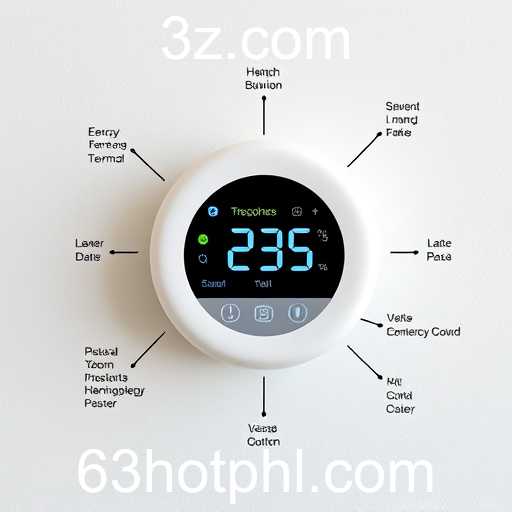In the rapidly evolving landscape of smart homes, digital thermostats have emerged as key players in enhancing energy efficiency and user convenience. As we step into the second half of the decade, the market for these devices has shown unprecedented growth, driven by both technological advancements and increased consumer awareness regarding energy conservation.
In recent years, digital thermostats have transcended their traditional roles, incorporating innovative features that allow for unprecedented levels of automation and control. These modern devices not only manage home temperatures but also learn user habits to optimize heating and cooling schedules, thereby reducing energy consumption significantly. This shift towards smarter energy solutions aligns with global efforts to tackle climate change, as residential energy use remains a significant contributor to carbon emissions.
Despite the evident benefits, the adoption of digital thermostats is not without challenges. Privacy concerns have been a hot topic, as these devices often collect vast amounts of data about user behaviors. Ensuring that this data is secured and used ethically remains a critical concern for both manufacturers and consumers.
Moreover, the rapid pace of technological innovation requires continuous updates and support, which can pose hurdles for consumers unfamiliar with new technologies. Ensuring that users have access to simple and effective support systems is essential for maintaining satisfaction and encouraging widespread adoption.
The economic aspects are also worth noting. As demand for digital thermostats increases, competitive pricing and diverse product offerings have become crucial for market players aiming to capture a larger market share. Companies are leveraging partnerships and innovative business models to provide cost-effective solutions while maintaining profitability.
Overall, the dynamics of the digital thermostat market in 2025 reflect broader trends in smart home technology. As consumers increasingly prioritize sustainability and convenience, the role of digital thermostats in homes worldwide is set to expand further, driven by both innovation and necessity.








